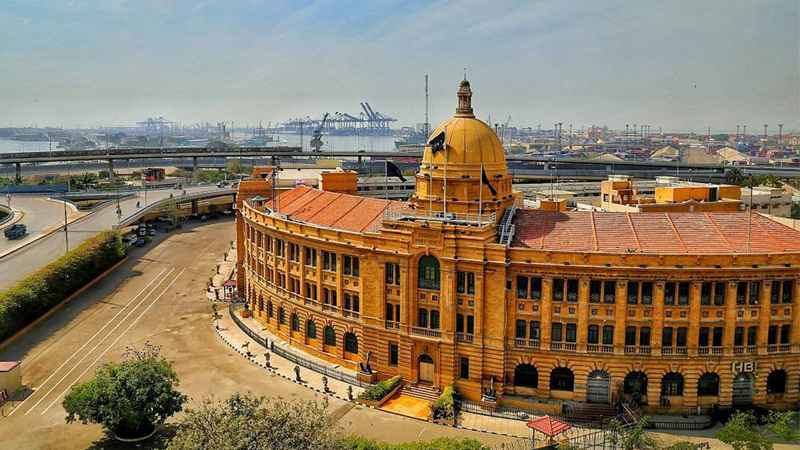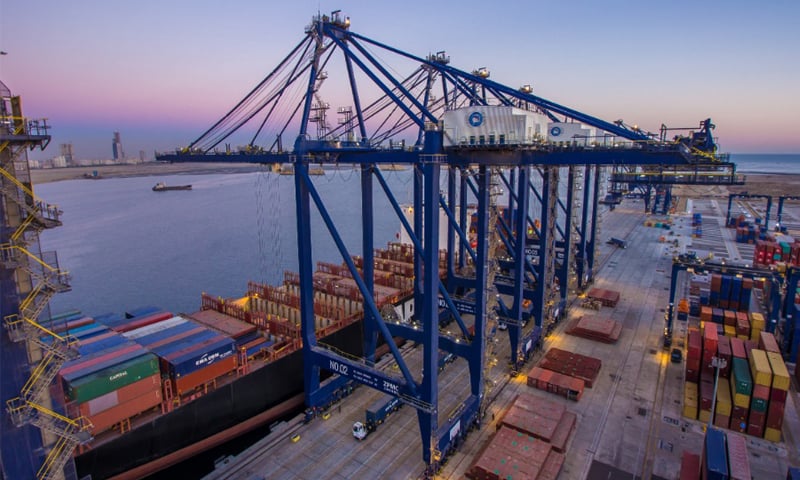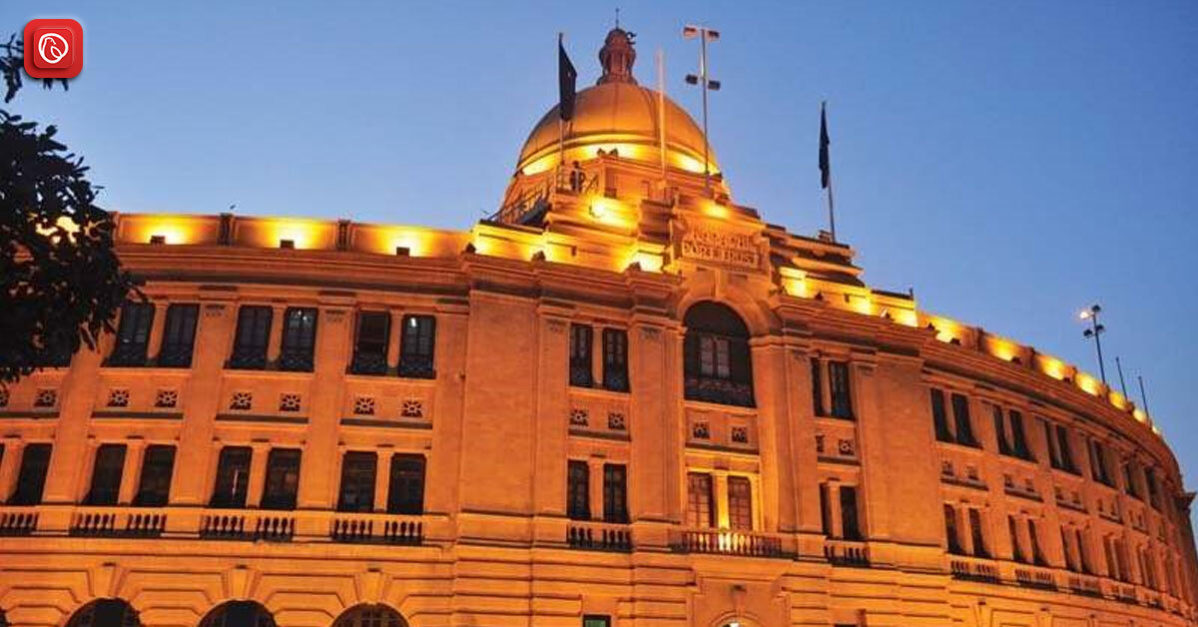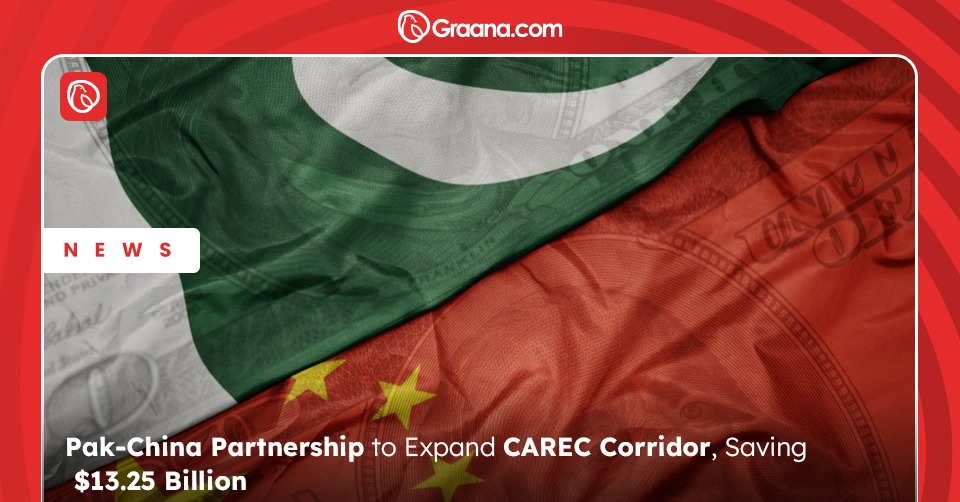Karachi Port Trust (KPT) is a federally administered public sector organisation responsible for overseeing the operations of Karachi Port. It is responsible to the Ministry of Maritime Affairs of the Islamic Republic of Pakistan but exists and operates as a Trust working under a Board of Trustees legally separate from the Federal Government.
Established in 1887, KPT has been instrumental in the development of Pakistan’s maritime trade, joining the country to the rest of the world. Graana.com has prepared a detailed account of Karachi Port Trust.
History of Karachi Port Trust
Karachi is a port city located in Pakistan that has earned the title of “Gateway to Asia” because of its strategic and geographical location. Historically, Karachi used to be a tiny fishing village in the 19th century, but it has now grown into the largest city in Pakistan with a population of over fourteen million.
The Port of Karachi has a long and fascinating history. The first mention of Karachi as a port is found in an Arabic treatise on navigation, ‘Muhit’, which was written in 1558. The establishment of the port commenced in 1854, marked by the dredging of the primary navigable channel and the construction of a causeway or mole joining the main harbor to the surrounding city.
Construction of the wharf began in 1882 and concluded by 1914, with subsequent development involving the establishment of the West Wharves, lighterage berths, and ship-repairing berths between 1927 and 1944. Following this, the port administration made significant efforts to modernize and expand port facilities.
Organisational Structure and Staffing

The Karachi Port Trust has a well-defined Organisational Structure and Staffing. It consists of six divisions, namely Operations, Planning & Development, Finance, Administration, Engineering, and Civil Works & Estate, each headed by a General Manager. The General Manager oversees the Head of Departments who further support these divisions.
Apart from the six divisions, there are six staff departments that directly report to the Chairman. The Internal Audit and BoT/Secretary support the Chairman and the BoT in their administrative tasks, while other staff departments serve the entire organisation.
KPT Organisational Structure
| Internal Audit | |
| BoT/Secretary | (Other) Staff |
| Operations | Engineering |
| Finance | Civil Works & Estate |
| Planning & Development | Administration |
The Port comprises two container terminals – Karachi International Container Terminal (KICT) operated by Hutchison and Pakistan International Container Terminal (PICT) operated by International Container Terminal services (ICTS).
The private sector has established both these terminals on a Build-Operate-Transfer (BoT) basis. Separate private stevedoring companies handle non-container handling operations. In 2006, the Karachi Port Trust started the construction of a new Deep Water Container Port at Keamari Groyne, located to the south of the approaches to Karachi Port.
Board of Trustees of Karachi Port Trust
The Board of Trustees administers the Karachi Port Trust, which comprises the Chairman and 10 Trustees. The Federal Government appoints the Chairman, who also serves as the Chief Executive Officer of Karachi Port Trust.
The remaining 10 Trustees are equally distributed between the public and private sectors. The public sector appoints Trustees, while the private sector elects Trustees for two years.
Infrastructure and Operations of Karachi Port Trust

The Karachi Port Trust (KPT) has a robust infrastructure and operations system that enables it to handle a wide range of cargo efficiently. In this section, we will take a closer look at the port’s infrastructure and operations.
Infrastructure
The KPT has a total area of approximately 7,000 acres, which includes the main port area, industrial zones, and residential areas for port employees. The port has 30 berths, including three container terminals, two oil piers, and a coal terminal.
The port has equipped itself with advanced cargo handling equipment, including cranes, forklifts, and conveyor belts. The KPT also has a modern ship repair yard, a pilot station, and a marine training centre.
Container Terminals
The KPT has three container terminals, including South Asia Pakistan Terminals (SAPT), Pakistan International Container Terminal (PICT), and Karachi International Container Terminal (KICT). These terminals have a combined handling capacity of 3.3 million TEUs per annum. Modern container handling equipment, including ship-to-shore cranes, rubber-tired gantry cranes, and straddle carriers, equip the terminals.
Liquid Cargo Terminals
The KPT has two liquid cargo terminals, including Keamari Oil Terminal and FOTCO Oil Terminal. These terminals have a combined handling capacity of 12 million tons per annum. The terminals are equipped with modern pumping and pipeline systems to facilitate the efficient handling of liquid cargo.
Coal Terminal
The KPT has a dedicated coal terminal with a handling capacity of 12 million tons per annum. To ensure efficient handling of coal, the terminal has modern unloading, stacking, and loading systems.
Operations
The KPT operates 24 hours a day, seven days a week, and 365 days a year. The port handles a wide range of cargo, including bulk cargo, containers, and liquid cargo. The port has a cargo handling capacity of more than 60 million tons per annum. The KPT has implemented advanced cargo handling systems, including electronic data interchange (EDI) and a port community system (PCS), to ensure the efficient handling of cargo.
The KPT also has a dedicated security system to ensure the safety and security of the port and its stakeholders. The port has implemented a security management system that includes access control, surveillance, and monitoring systems.
Future Plans of Karachi Port Trust
The Karachi Port Trust has several ambitious plans for the future that aim to further enhance its abilities and position it as a leading port in the region. Some of the key plans are as follows:
Expansion of Container Terminals
The KPT plans to expand its container terminals to increase its handling capacity and accommodate larger vessels. The port intends to invest in new cranes and other equipment to improve its efficiency and reduce turnaround times.
Development of New Terminals
The KPT plans to develop new terminals to cater to the growing demand for liquid cargo, including LNG and LPG. The port also plans to build a new multipurpose terminal that can handle a wide range of cargo.
Integration of Technology
The KPT aims to integrate technology into its operations to improve efficiency and reduce costs. The port plans to implement a digital platform that will enable stakeholders to track and monitor cargo movements in real-time.
Enhanced Connectivity
The KPT plans to enhance its connectivity with the rest of Pakistan and the region. The port plans to invest in new railway links and road infrastructure to facilitate the movement of cargo across the country.
Green Port Initiatives
The KPT aims to further reduce its environmental impact by implementing green port initiatives. The port plans to invest in renewable energy sources, such as solar and wind power, to reduce its dependence on fossil fuels. The KPT also plans to implement measures to reduce waste and promote recycling.
Karachi Port Trust is a vital component of Pakistan’s economy, joining the country to the rest of the world through maritime trade. With its rich history, extensive infrastructure, and modern operations, the port has made itself as one of the premier seaports in the region.
Contact Information
The headquarters of the Karachi Port Trust is located at KPT Head Office Building on Eduljee Dinshaw Road in Karachi, Pakistan. To contact them, you can call their phone number at +922199214530-40 or send an email to info@kpt.gov.pk.
This was all about the Karachi port trust. For more information, visit Graana.com.




